
The technique of blackening fish was popularized by Paul Prudhomme in the 1980s, when Cajun cuisine hit the national limelight. This is my Pacific Rim version, and it’s been on the menu ever since I opened my first Roy’s restaurant in Hawaii in 1988. It’s still one of our most popular appetizers.
Ground sandalwood is the powdered root and wood of a large tree native to the Pacific Islands and eastern Asia. It is used for both its red color and its aromatic quality for seasoning. It is available in well-stocked Asian markets or can be ordered direct from Yogi brand in New Orleans, at (504) 486-5538.–Roy Yamaguchi with John Harrisson
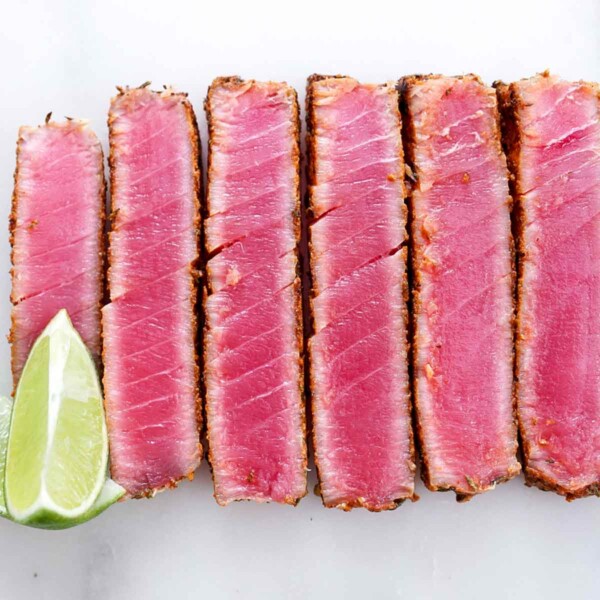
Blackened Ahi with Soy-Mustard Sauce
Ingredients
For the soy-mustard sauce
- 1/4 cup mustard powder, preferably Colman’s
- 2 tablespoons hot water
- 2 tablespoons rice wine vinegar
- 1/4 cup soy sauce
For the beurre blanc
- 1/2 cup dry white wine
- 2 teaspoons white wine vinegar
- 1 teaspoon fresh lemon juice
- 1 tablespoon minced shallot
- 2 tablespoons heavy cream
- 1 stick (4 oz) cold unsalted butter, chopped
- 1/4 teaspoon salt
- Freshly ground white pepper
For the blackening spice
- 1 1/2 tablespoons paprika
- 1/2 tablespoon cayenne pepper
- 1/2 tablespoon pure chile powder
- 1/4 tablespoon freshly ground white pepper
- 1/2 tablespoon ground sandalwood, optional
For the tuna
- 8 ounces ahi tuna fillet*, about 2 inches thick and 5 inches long
- 2 tablespoons olive oil
- 3/4 cup warm Beurre Blanc
For the garnish
- 2 to 3 tablespoons pink pickled ginger
- 1 ounce daikon sprouts
- 1/2 tablespoon black sesame seeds, toasted
- Lime wedges , (optional)
Instructions
Make the soy-mustard sauce
- Mix the mustard powder and hot water together in a cup to form a paste. Let sit for a few minutes to allow the flavor and heat to develop. Add the vinegar and soy sauce, mix together, and pass through a fine-mesh sieve into a bowl. Cover and refrigerate for at least 1 hour to allow the flavors to develop.
Make the beurre blanc
- Combine the wine, vinegar, lemon juice, and shallot in a heavy stainless steel saucepan. Bring to a boil over medium-high heat and cook to reduce the liquid until it becomes syrupy.
- Add the cream and cook to reduce by half. Decrease the heat to low and gradually add the butter, stirring slowly; do not whisk. Take care not to let the mixture boil, or it will separate. When the butter is incorporated, season with salt and pepper to taste, and strain through a fine-mesh sieve into the top of a double boiler. Keep warm over barely simmering water.
Make the ahi
- Mix all of the blackening spice ingredients together on a plate. Dredge the ahi in the spice mixture on all sides.
- Heat the olive oil in a nonstick skillet over high heat and sear the ahi for 15 to 30 seconds on each side for rare, 1 minute on each side for medium-rare, or to the desired doneness. Remove the ahi and cut into 20 thin slices.
- For each serving, arrange 5 slices of ahi in a fan, pinwheel, or cross shape on the plate. Spoon or drizzle a little of the Soy-Mustard Sauce around the tuna, and then spoon or drizzle the Beurre Blanc around.
- To garnish, arrange a small mound of the pickled ginger next to the fish and top with the daikon sprouts. Sprinkle the sesame seeds over the Soy-Mustard Sauce and, if desired, add some lime wedges.
Notes
*What can I substitute for ahi tuna?
Not to sound dictatorial but…this recipe really works best with Chef Roy Yamaguchi’s recommendation of ahi tuna. In North America, both yellowfin and big-eye tuna are often marketed as ahi (the Hawaiian word for yellowfin), so if this is what find—you have nothing to worry about. Australian bonito or skipjack tuna may be substituted if they’re really, really fresh.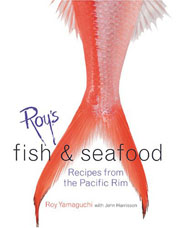
Nutrition
Nutrition information is automatically calculated, so should only be used as an approximation.
Recipe Testers’ Reviews
The spices on the outside charred lightly and formed a wonderful crust. When I sliced the blackened ahi with soy-mustard sauce, it looked beautiful, with a lovely deep-red interior. The flavor was spicy, sharp, and went perfectly with the beurre blanc.
By the way, the beurre blanc, sometimes a tricky sauce to master, came out great by following the recipe and complemented the sharp tuna steak and pungent mustard sauce. It also remained stable for more than 30 minutes on top of a double broiler, with no curdling. However, like all fresh tuna dishes, this is not a dish for well-done lovers; it has to be rare or the spices will burn and the tuna will dry out and money will be wasted.
Absolutely wonderful. The heat from the mustard sauce, combined with the sweetness and velvety texture of the beurre blanc, just sang with the seared tuna. The only issue with serving this dish is that if guests doesn’t like spicy food, then they won’t like this dish. I thought it had just the right amount of spice. I loved this blackened ahi with soy-mustard sauce.
I thought that this blackened ahi with soy-mustard sauce was delicious. The tuna was very flavorful and the sauces complemented each other very well. Though it seemed like there were a lot of steps, they were relatively simple and the dish was easy to prepare. I made the soy-mustard sauce and the blackening spice ahead of time and made the beurre blanc through adding the cream. Just before I blackened the ahi, I finished off the beurre blanc and kept it warm.
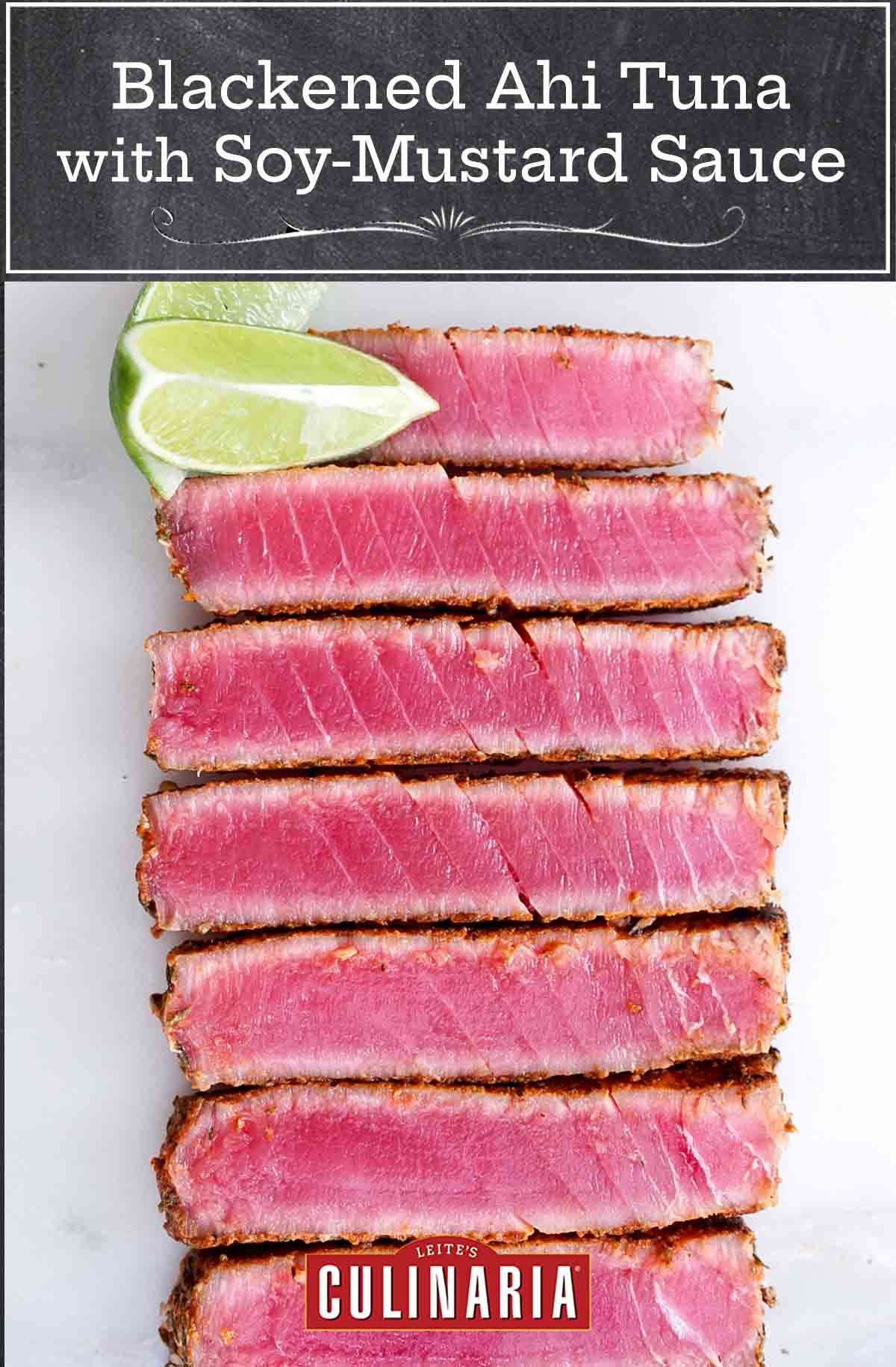



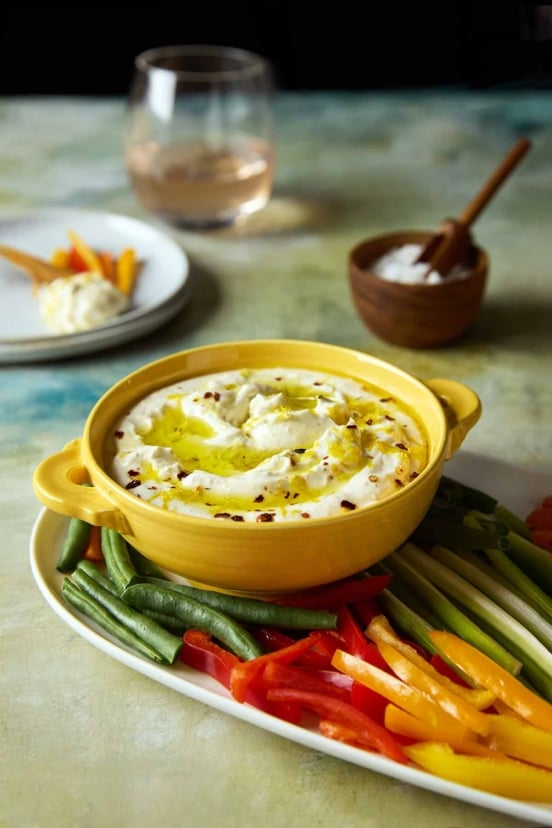
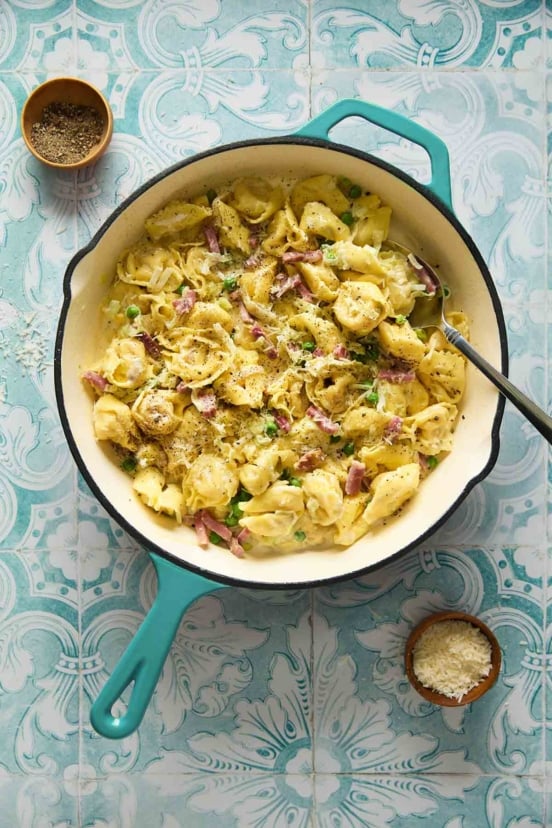
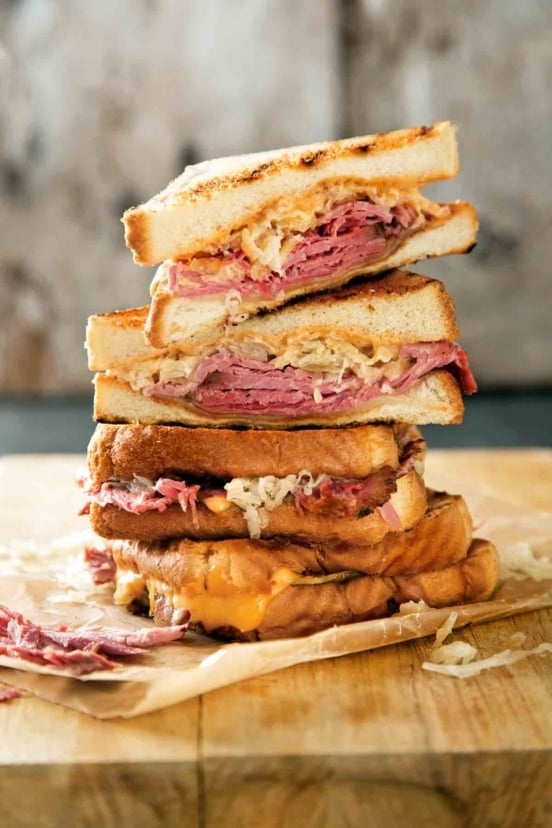









This recipe is a keeper. I think the minimal amount of effort, in comparison to the spectacular outcome, makes this perhaps one of the best meals I’ve ever made. By the way, I served this as an entrée, as there were only two of us to share the four portions. I’m not a big fan of searing meats with olive oil at high heat. I tried it, and it did smoke a little. But it was so quick—a minute a side—that it worked better than I thought it would.
Magnificent, Roy!
Perfect, Roy! Appreciate you taking the time to let us know!
Oh mama! This was fantastic! Even though I forgot about the soy mustard sauce in the fridge…even after I went to the store to get more mustard! LOL. So, I suppose the remedy for that is go buy more ahi tuna and try this again! But it was still great with just the beurre blanc sauce. We served it with stir fry zoodles and assorted vegetables. The blackened spices were just spot on with flavor. This recipe is a definite keeper! Thank you!
Magnificent, Fern! Thanks so much for taking the time to let us know. And I’m so relieved that I’m not the only one who sometimes tweaks recipes based on my pantry!